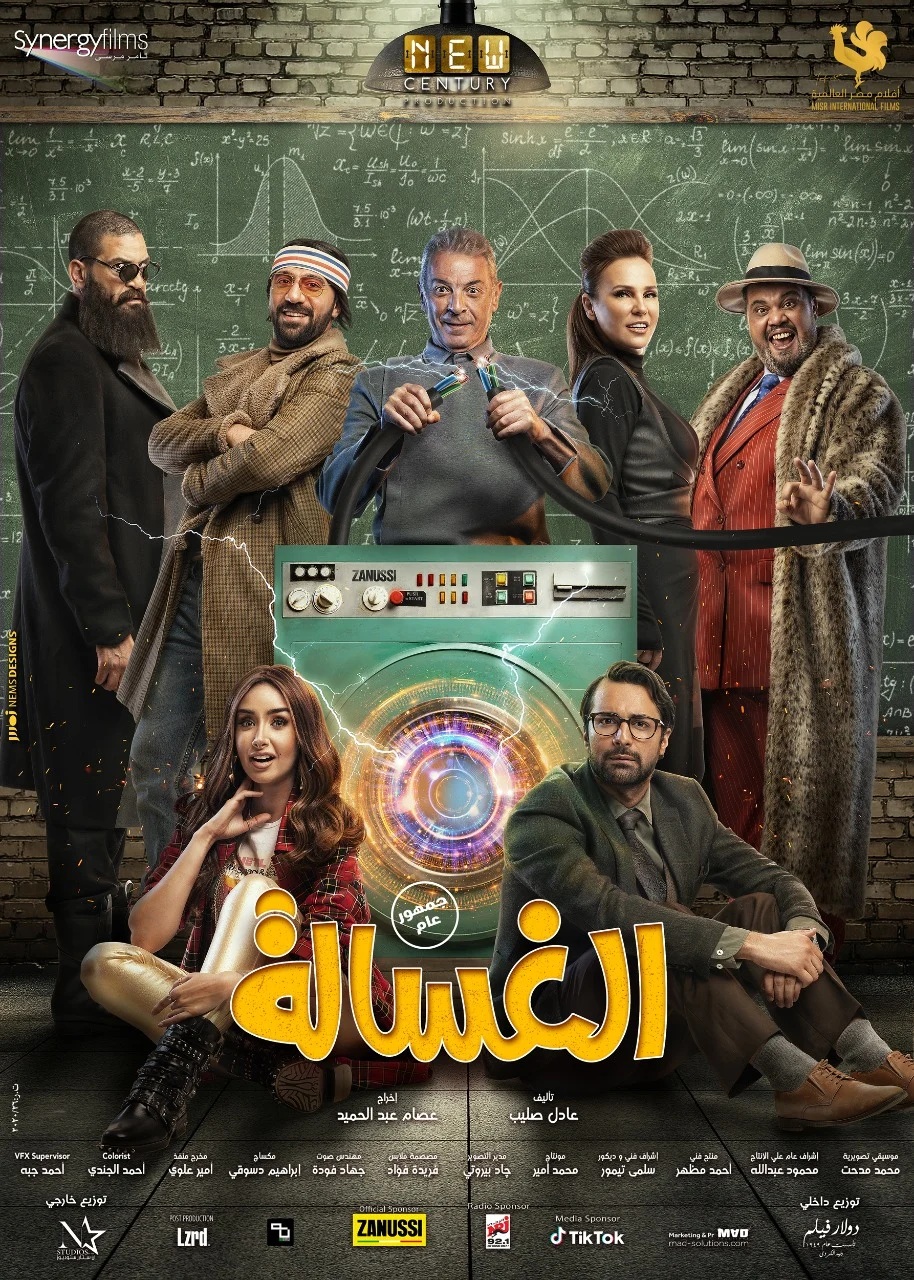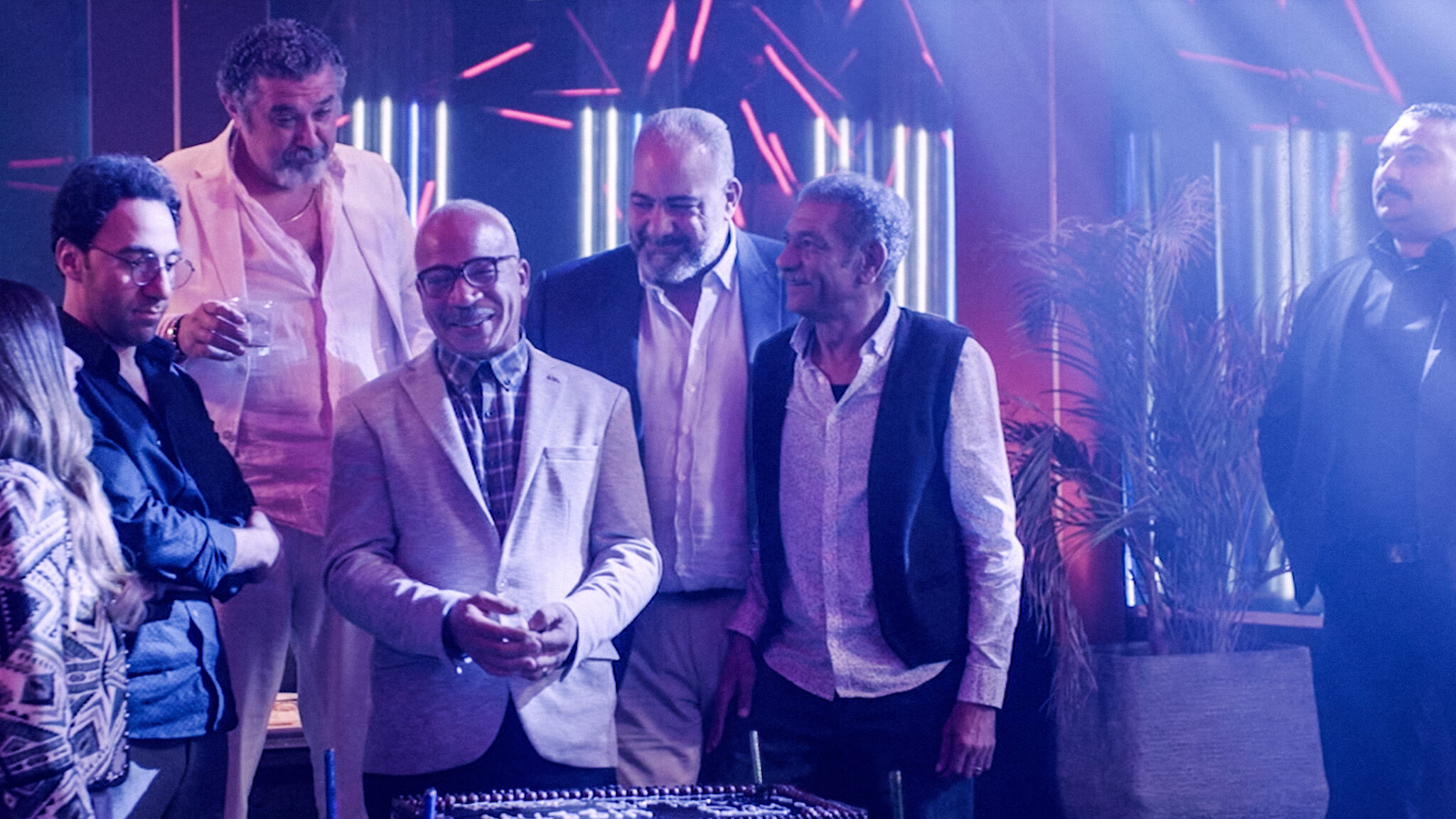Eid al-Adha has long been a peak season for Egyptian cinema, drawing massive crowds to theatres. Between 2015 and 2025, the industry witnessed significant transformation in both genre and production value, reflecting broader societal and technological shifts.
Comedy Dominance

In the mid-2010s, comedy dominated Eid releases with films like El geel el rabe3 and Ahwaak in 2015, in addition to Laf w Dawaran and 7amlet Freezer in 2016, until the shift to interesting and out-of-the-box stories like El Kenz in 2017 and Torab Al Mass in 2018, and El Kenz 2 in 2019 with the continuity of the comedy genre as El Koiseen.
The Pandemic Shift

By the early 2020s, a noticeable shift began. Audiences grew more interested in nuanced storytelling and ensemble casts. 2020’s Eid Adha season showed up only with El Ghasala due to the pandemic quarantine. Films like El Aref (2021), a cyber-thriller starring Ahmed Ezz, showcased high production quality and tackled themes of identity and digital warfare, marking a step forward in genre sophistication.
Eid films started to feature more intricate plots, often blending action with psychological drama or social commentary. Comedies remained a staple, though their tone evolved. Waafet Regala (2021) succeeded during Eid for its mix of humour and emotional depth, exploring male friendship and vulnerability.
Streaming Platforms and Hybrid Distributions
The rise of streaming platforms during the pandemic impacted theatrical Eid releases. Hybrid distribution models became common by 2023, with many films premiering online shortly after (or even during) their cinema run. Despite this, blockbuster cinema still thrived during Eid due to the holiday’s communal spirit.
By 2025, Eid films will reflect both continuity and innovation, with younger actors and first-time directors entering the scene. Eid al-Adha films from 2015 to 2025 chart a journey of growth, transitioning from formulaic crowd-pleasers to more ambitious and varied cinematic experiences. This decade has not only entertained millions but also mirrored the changing aspirations and identities of Egyptian audiences.







